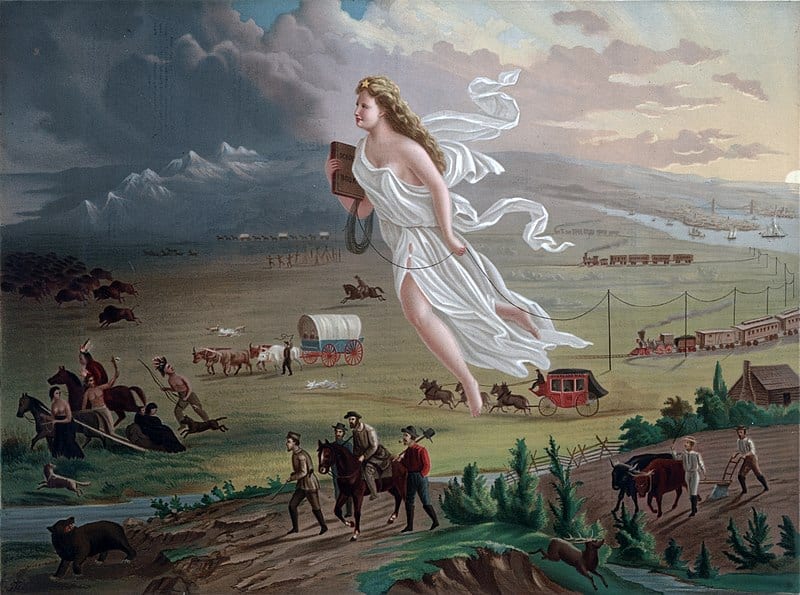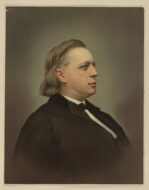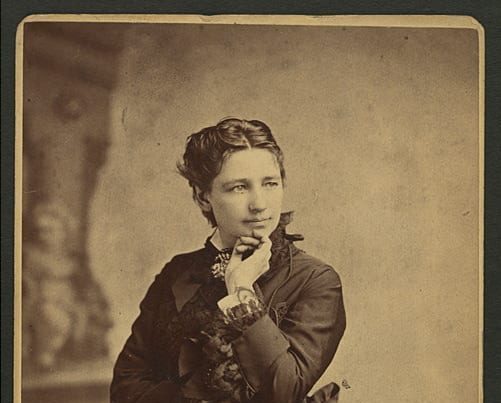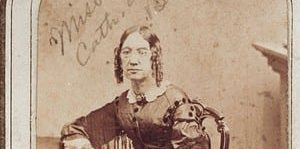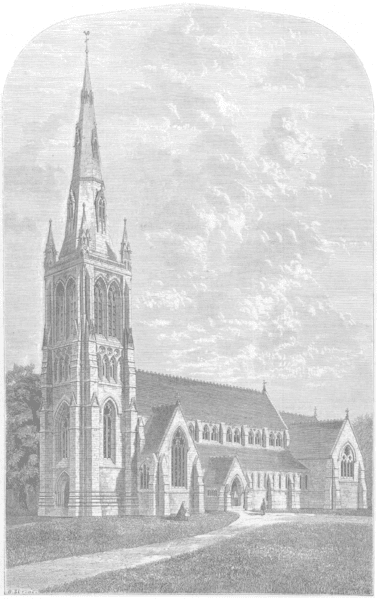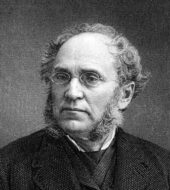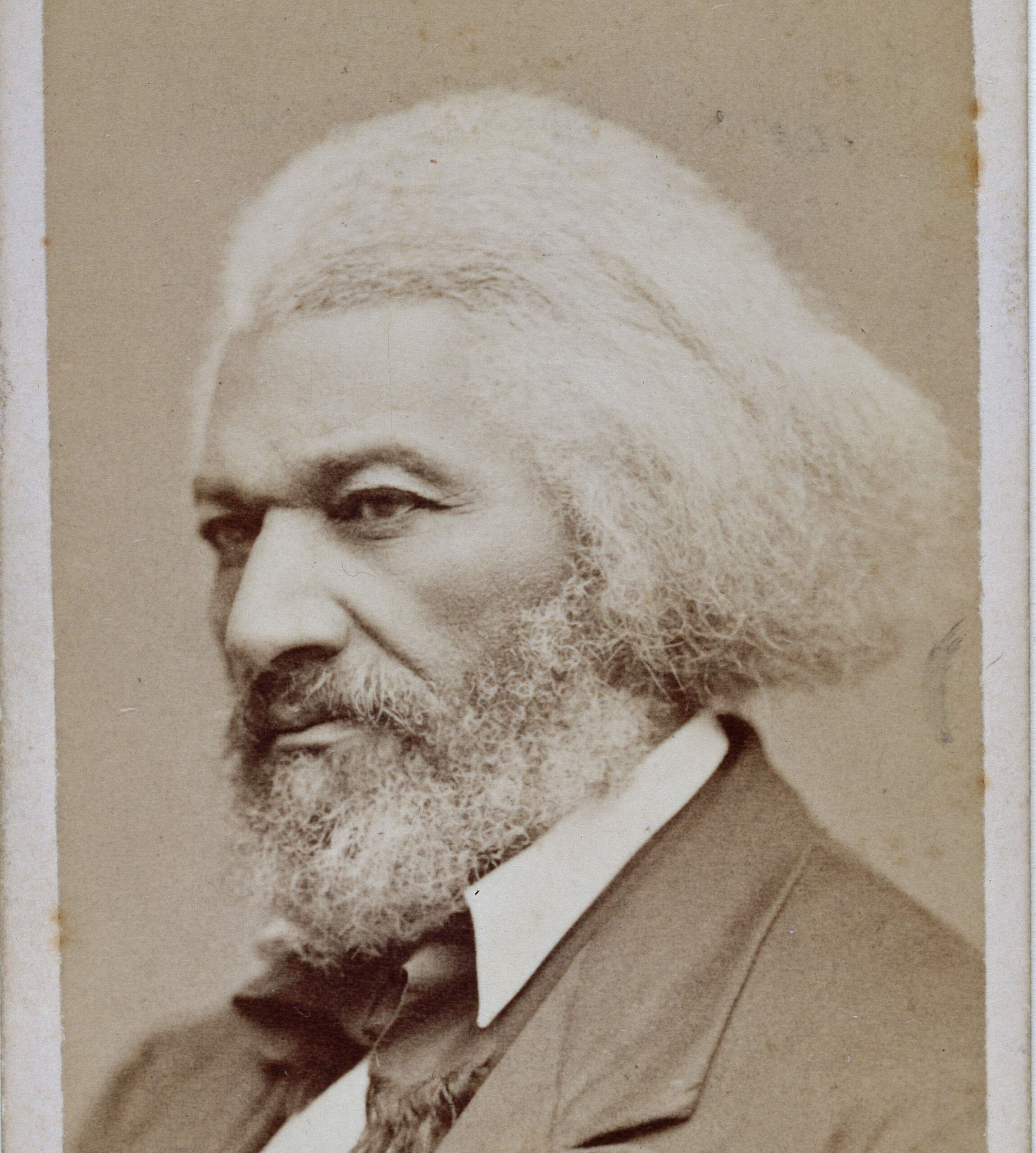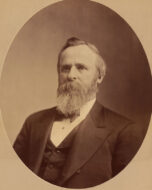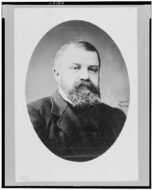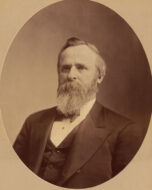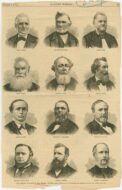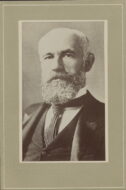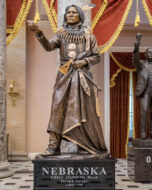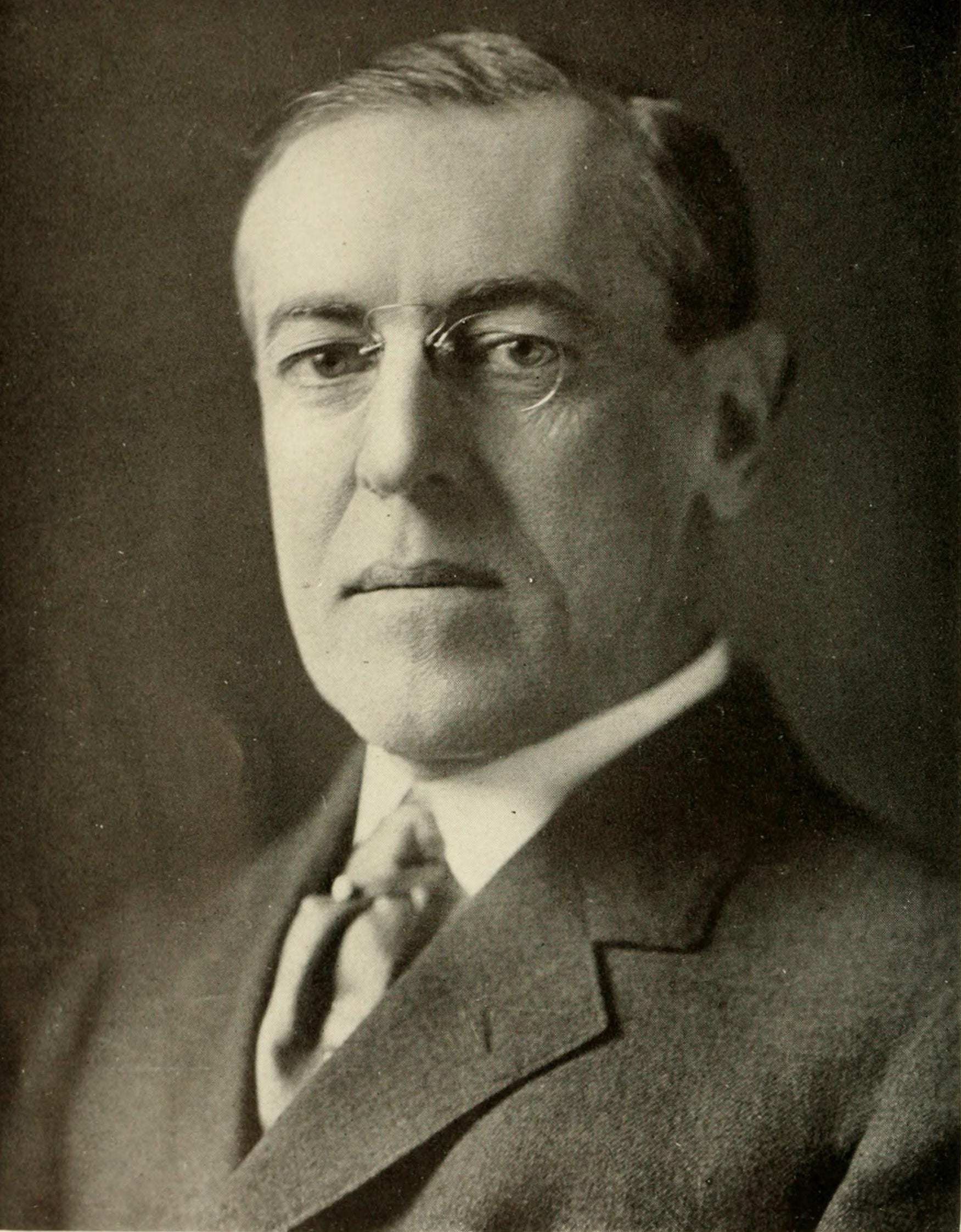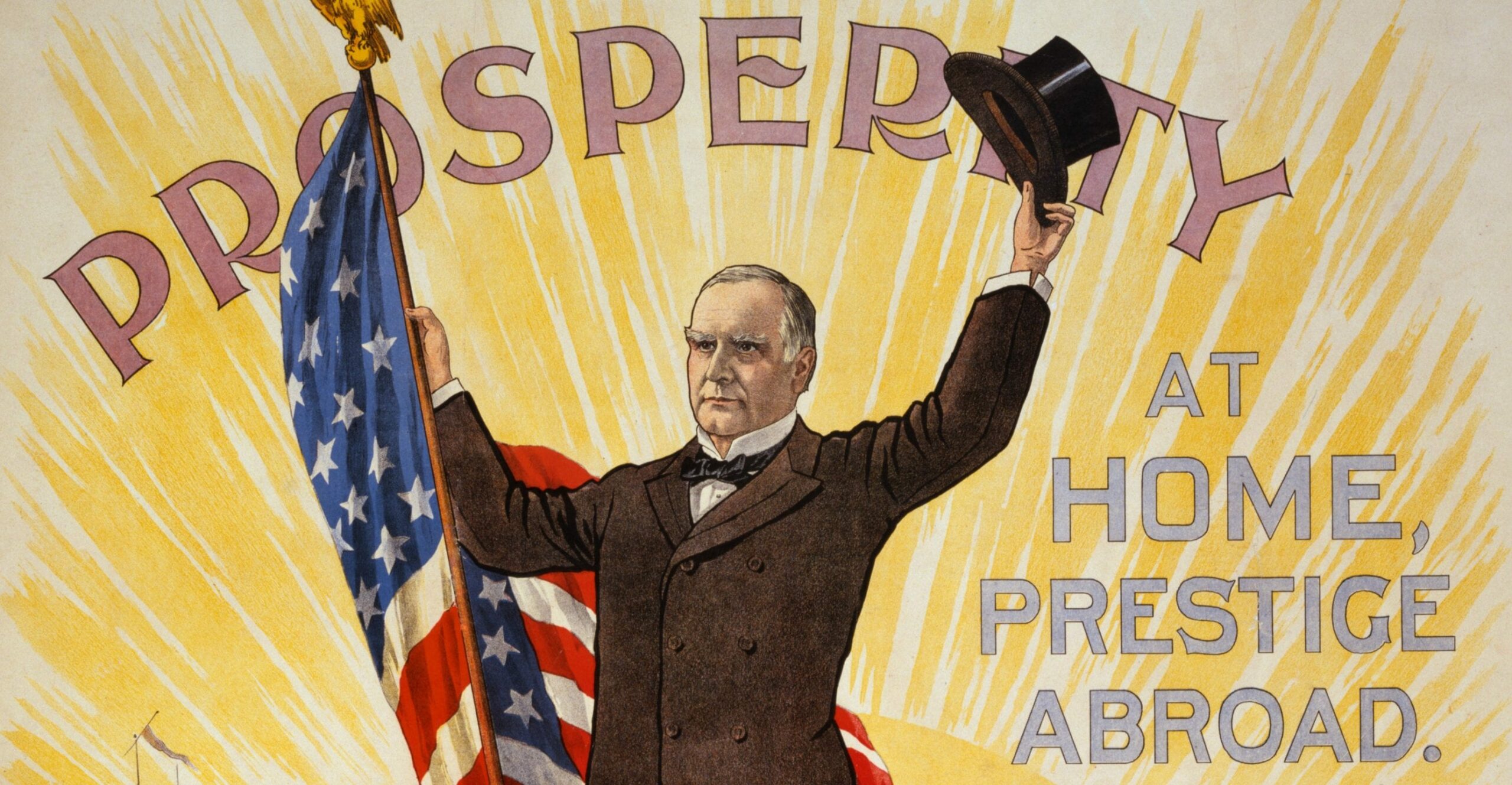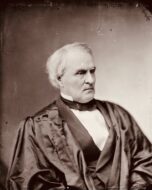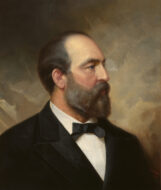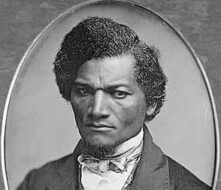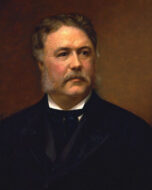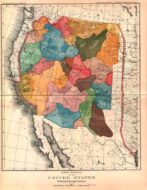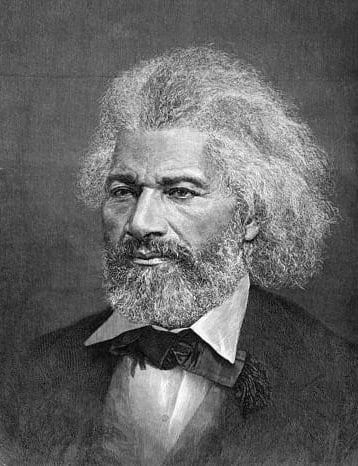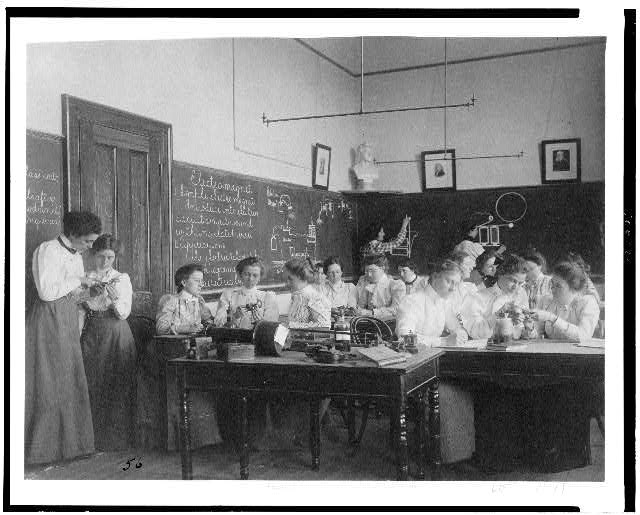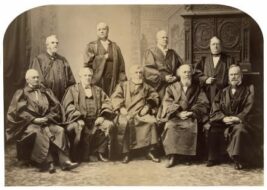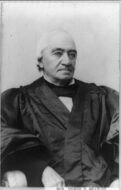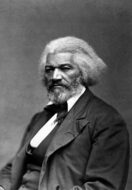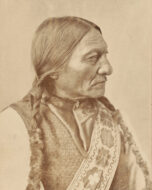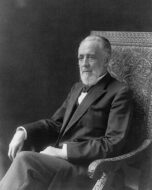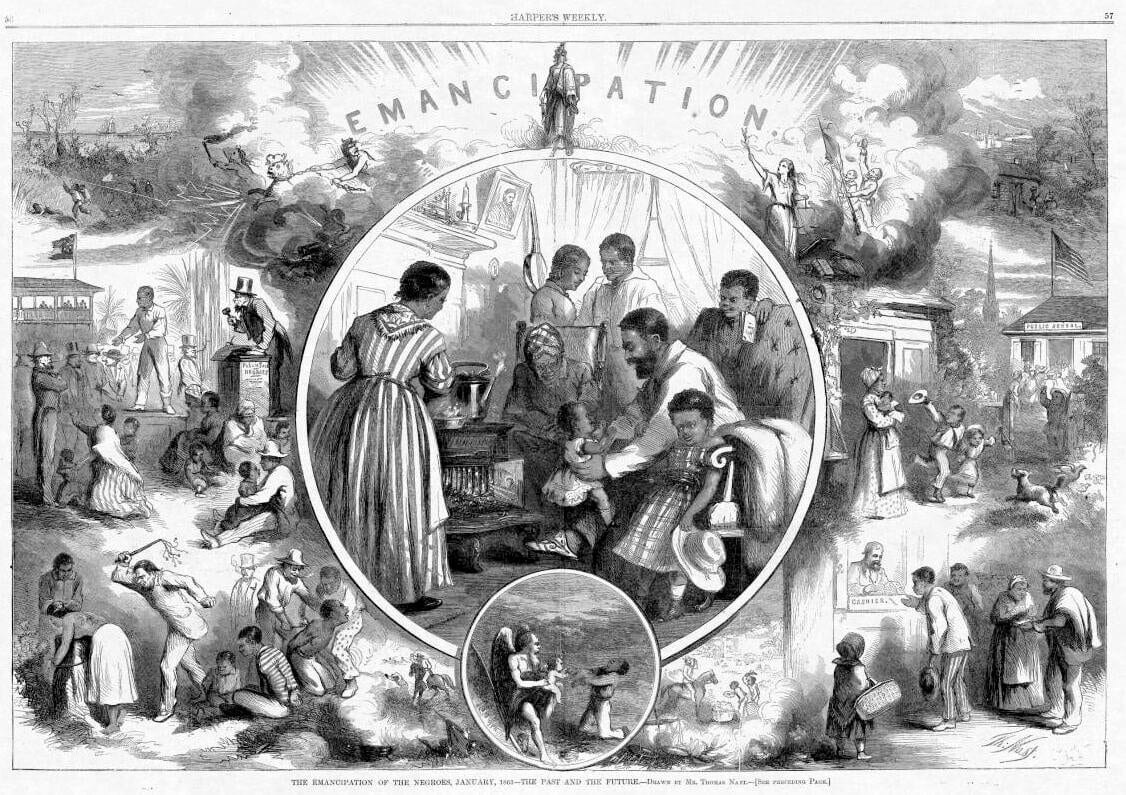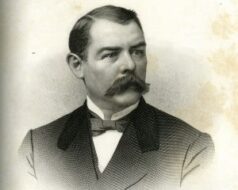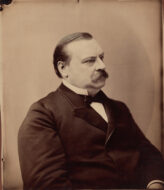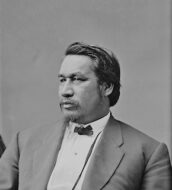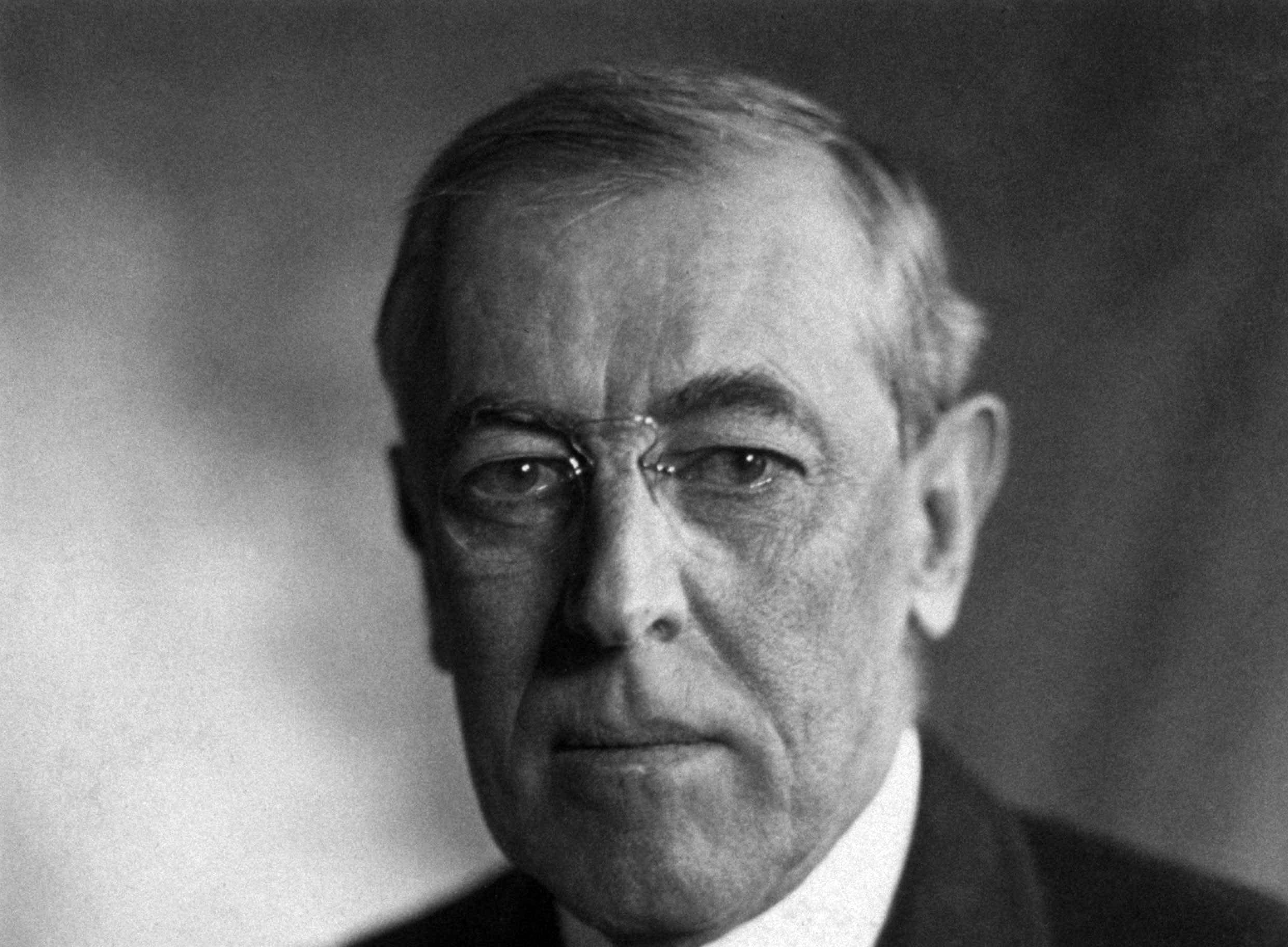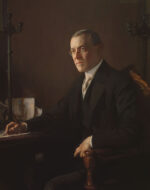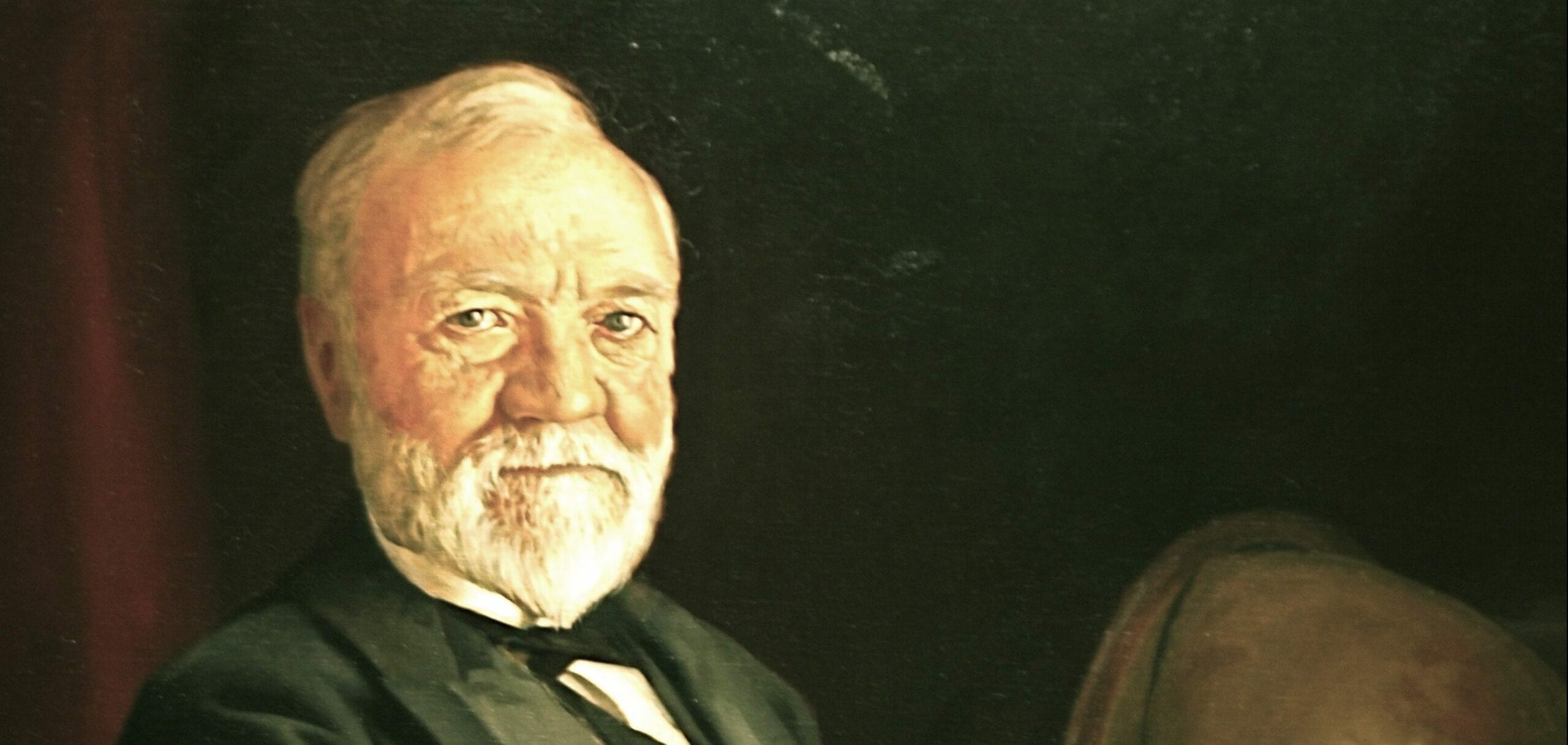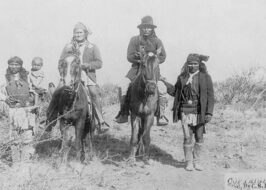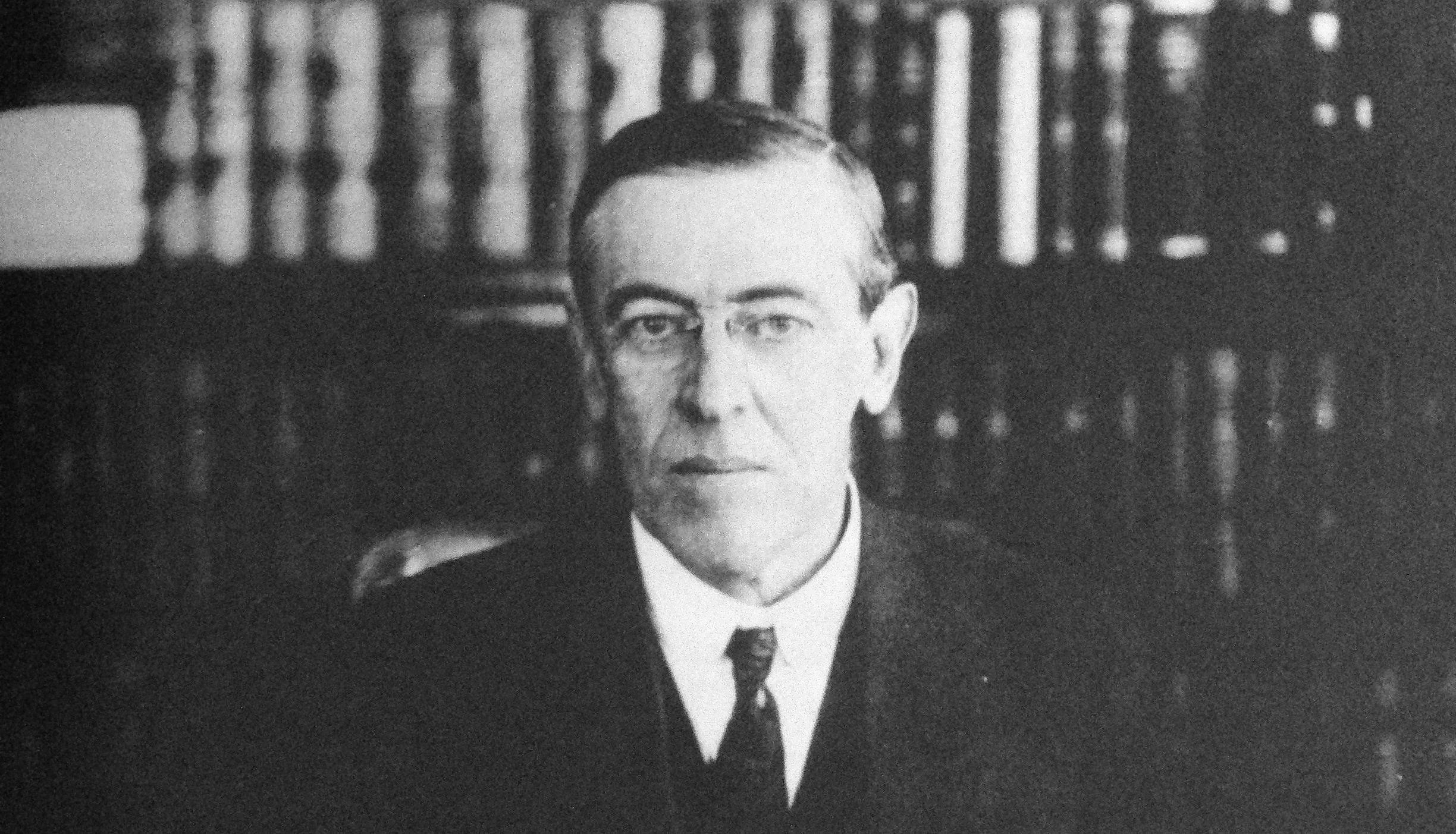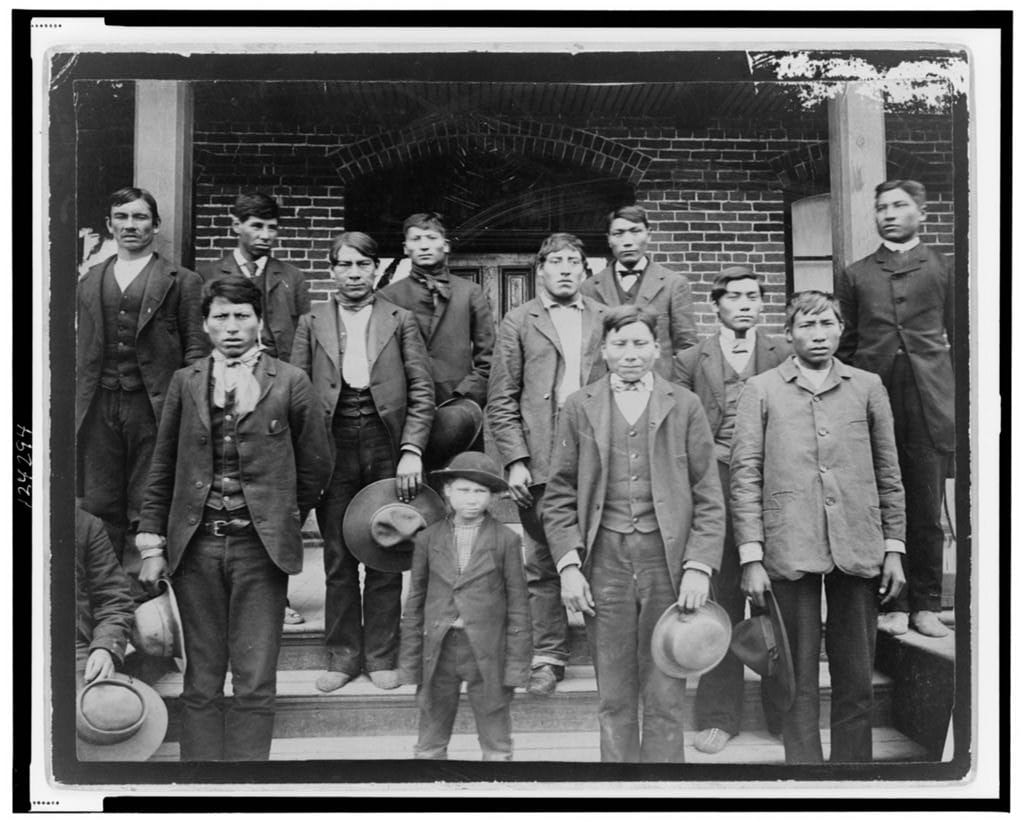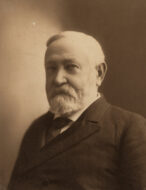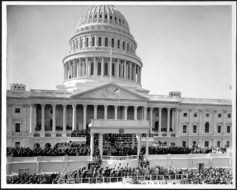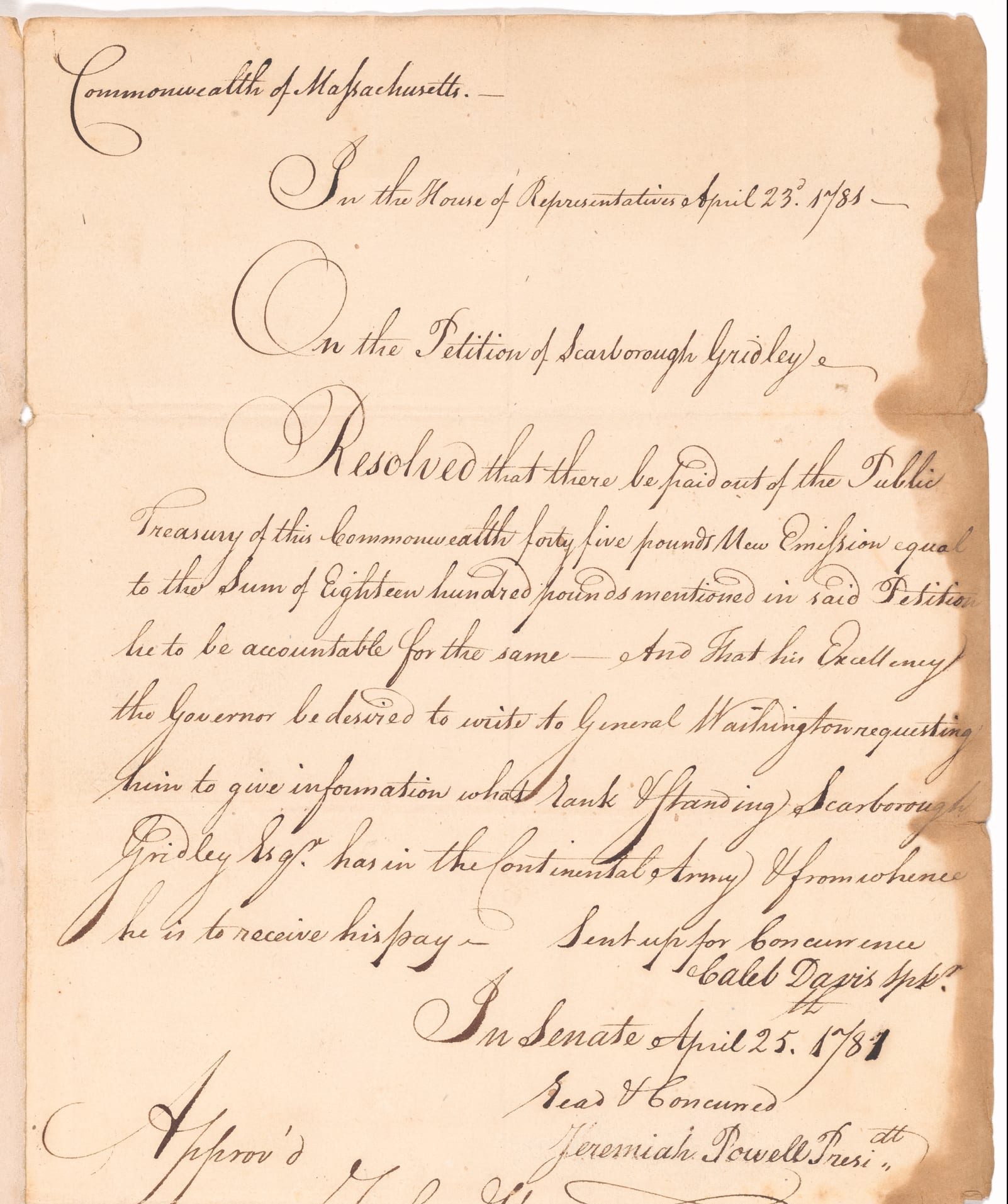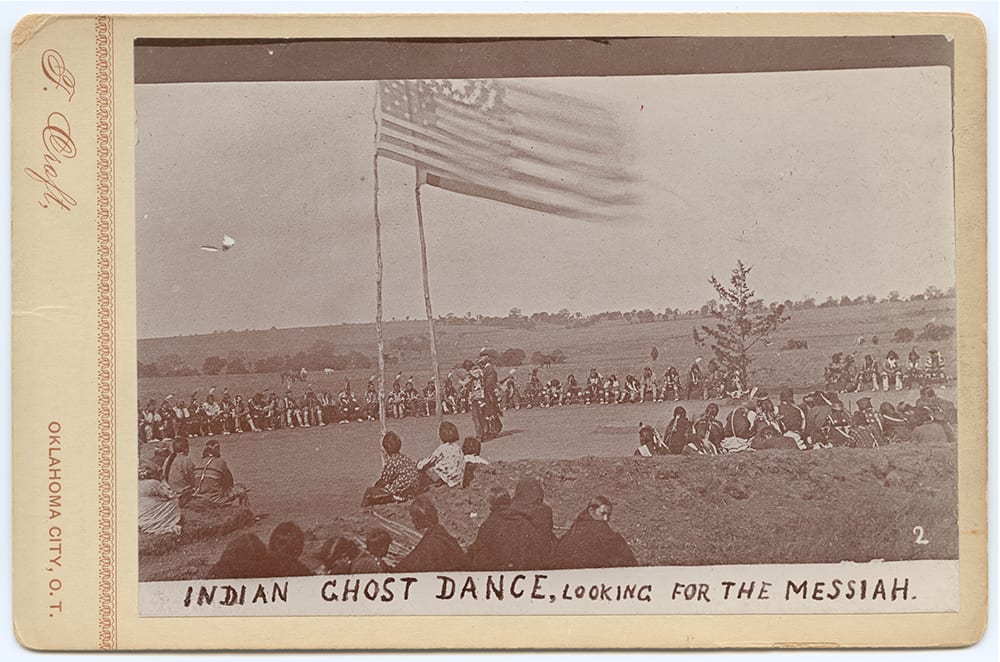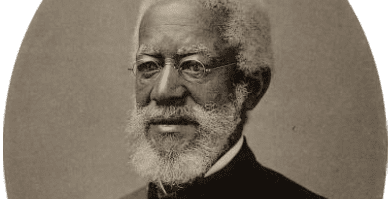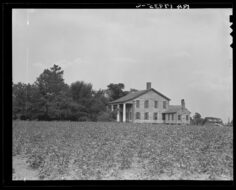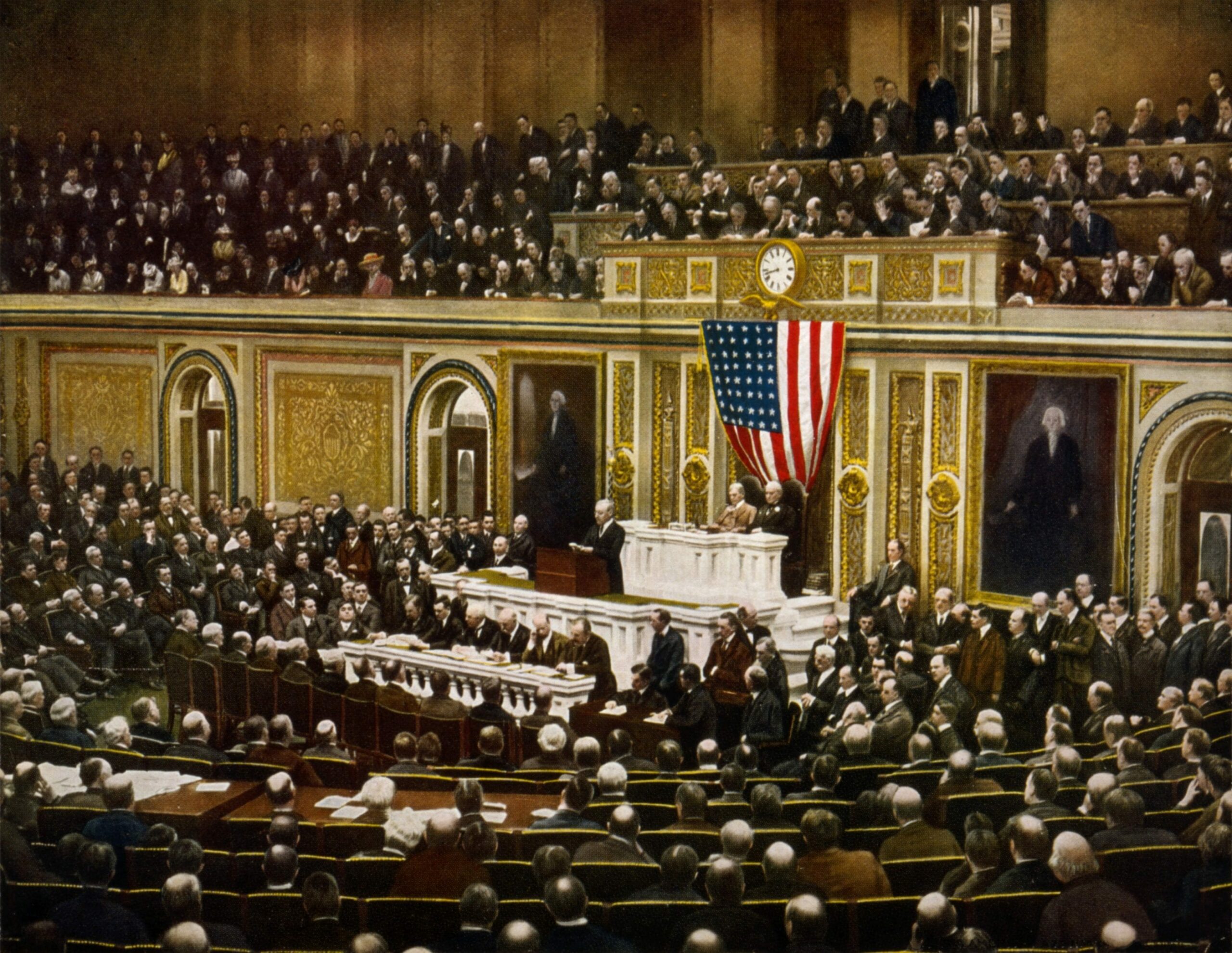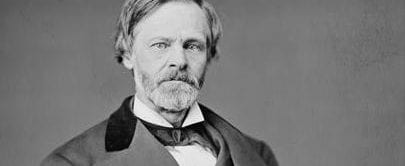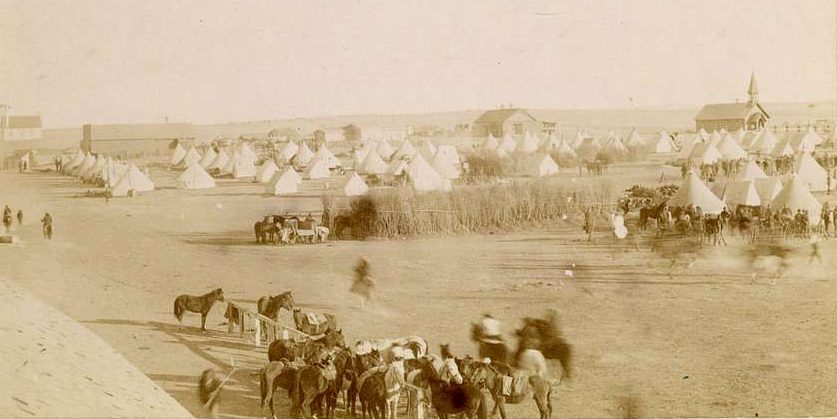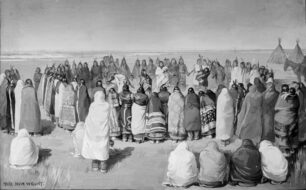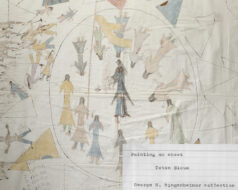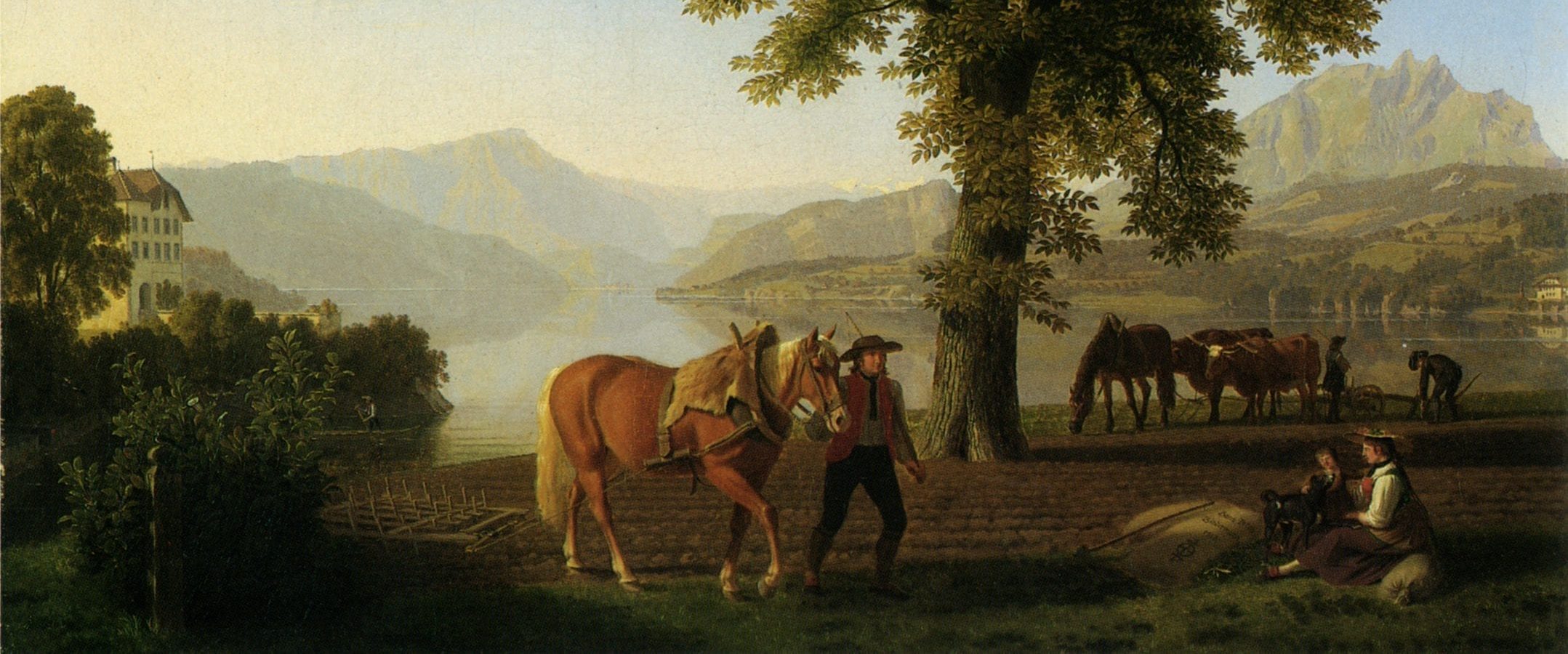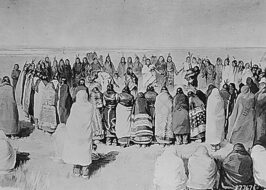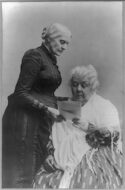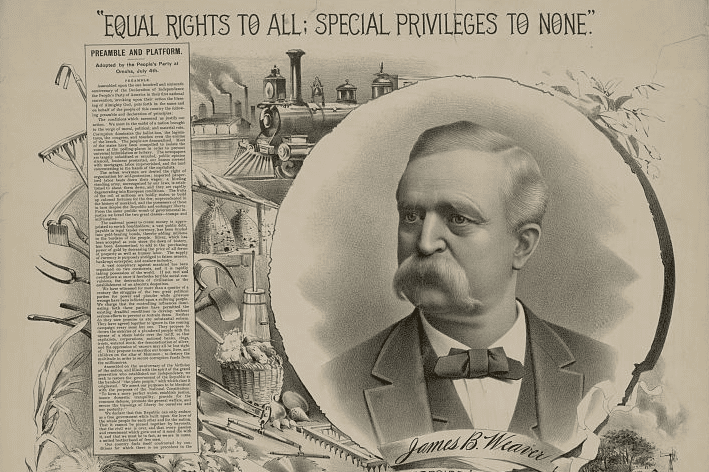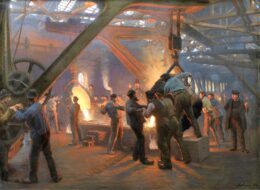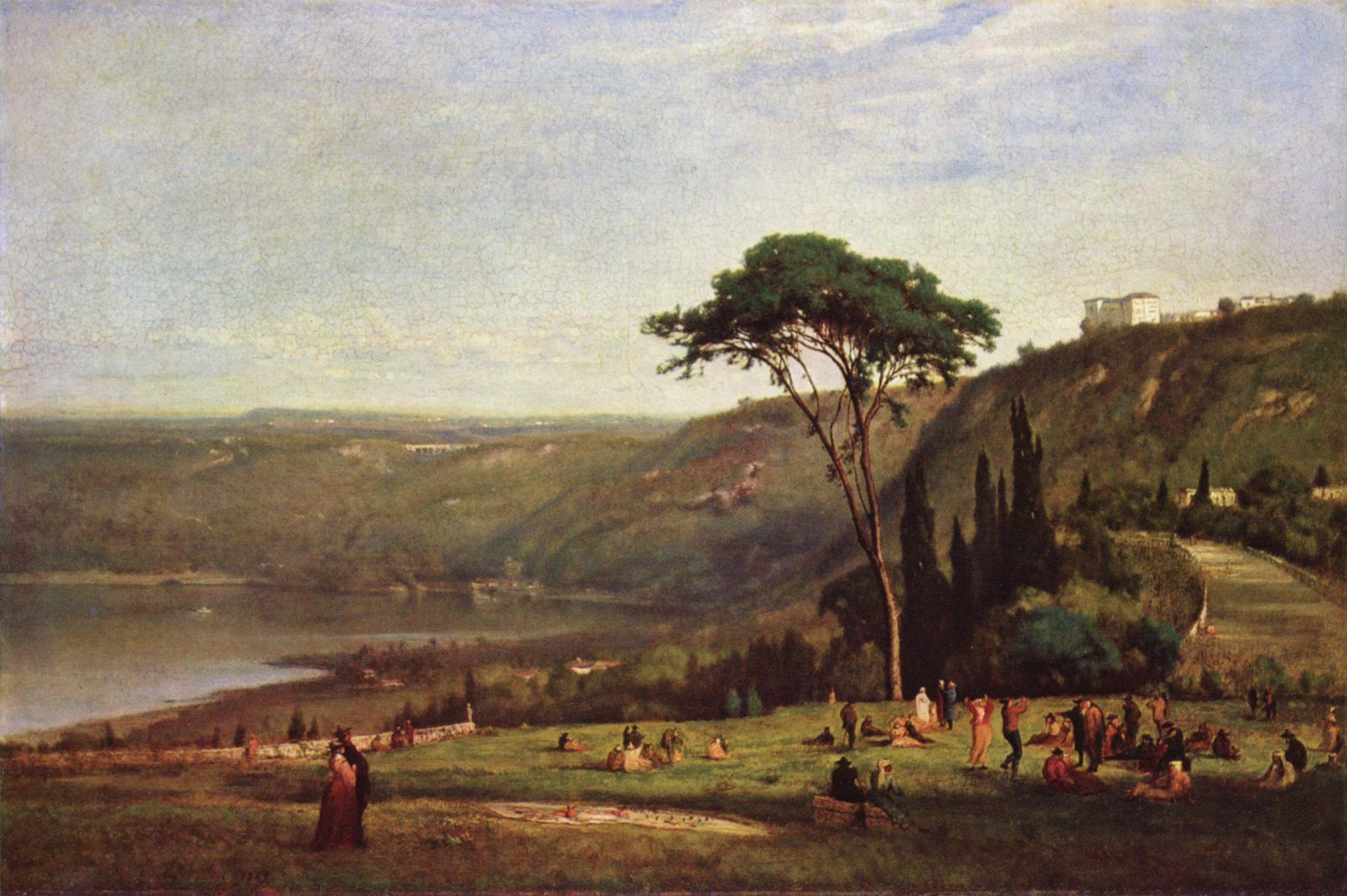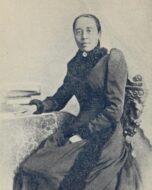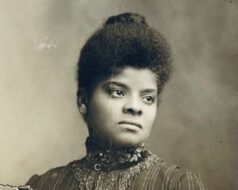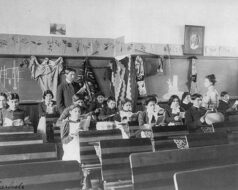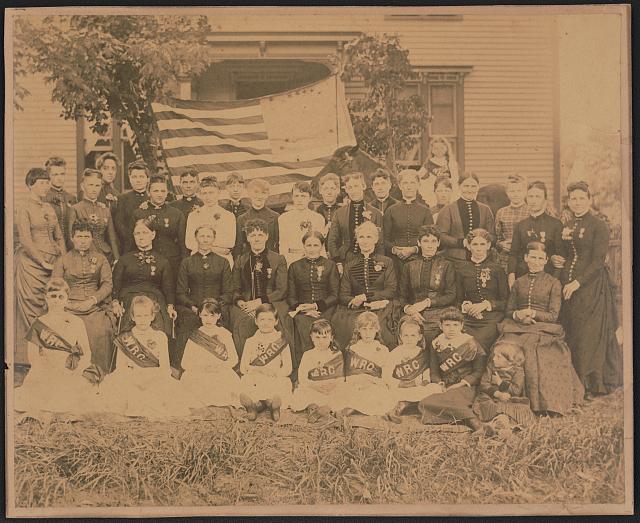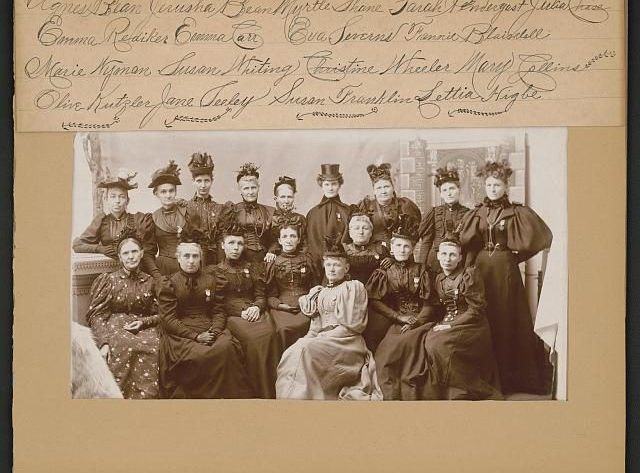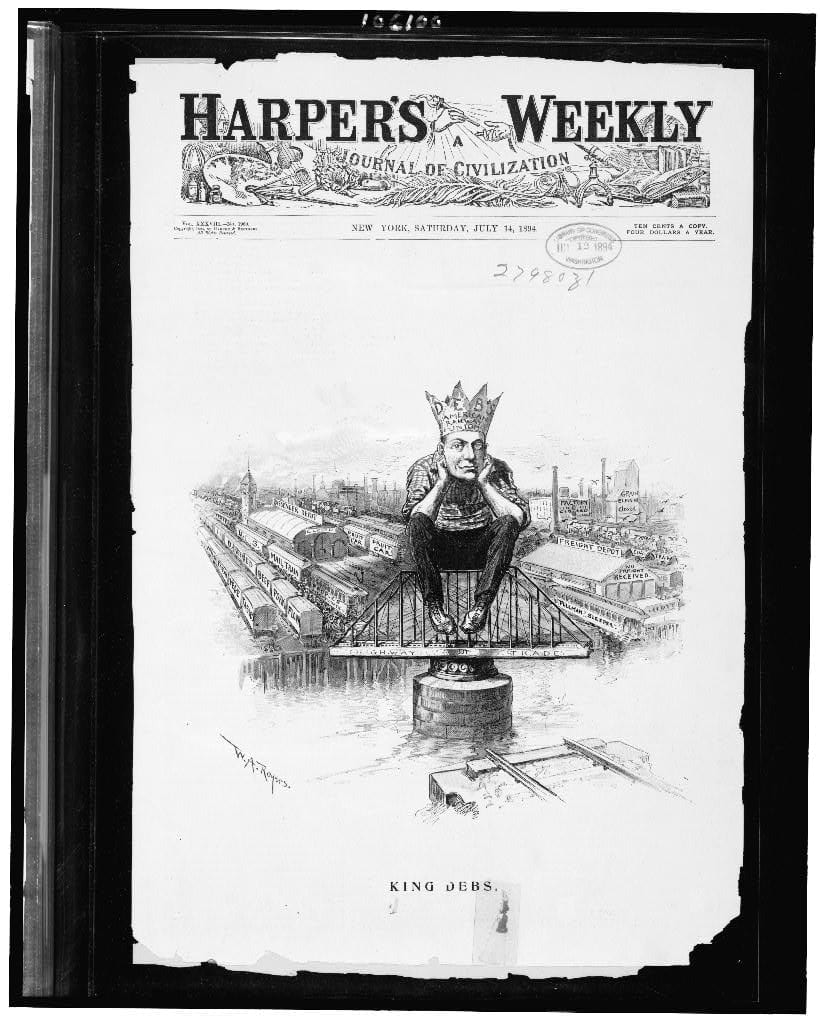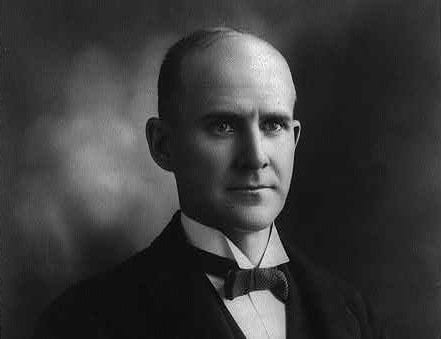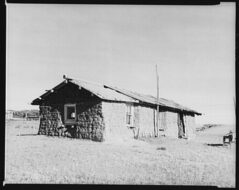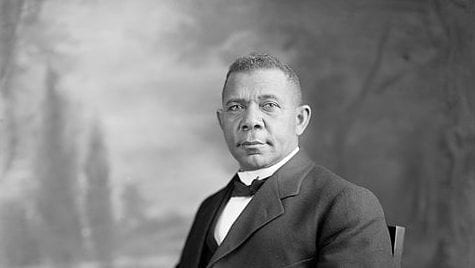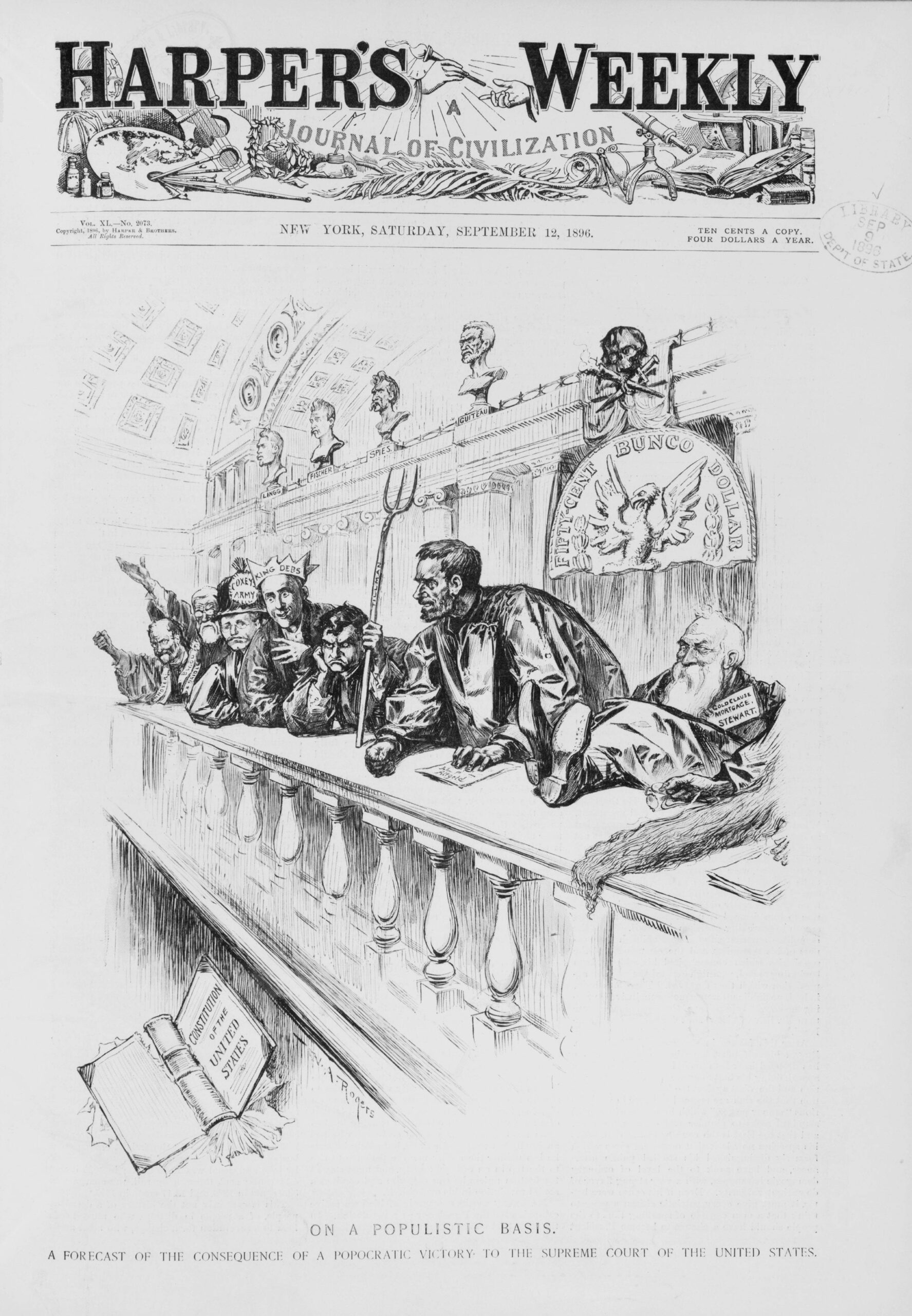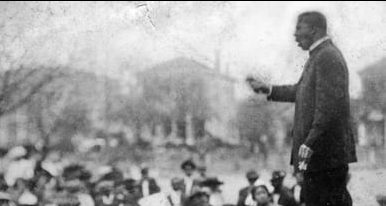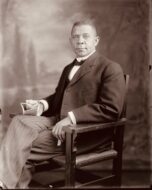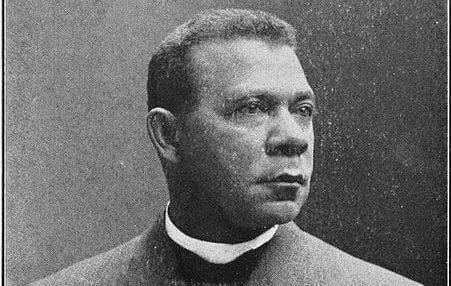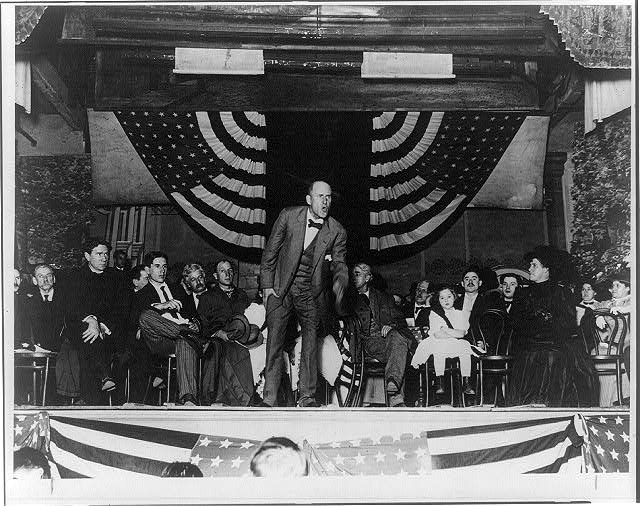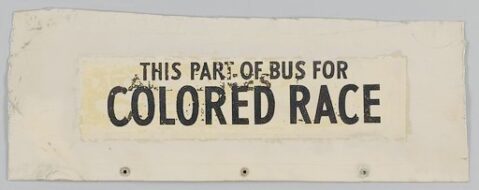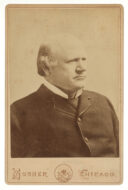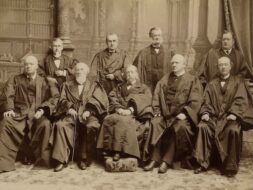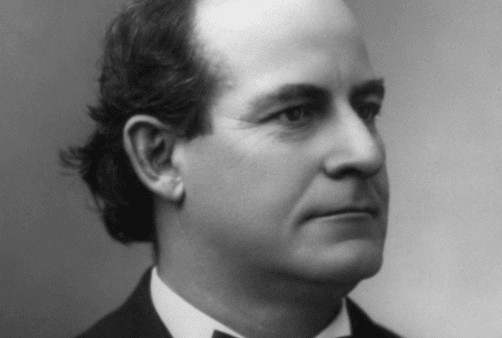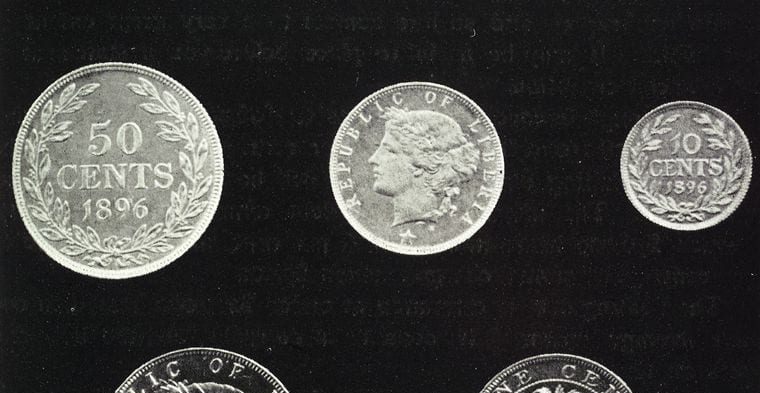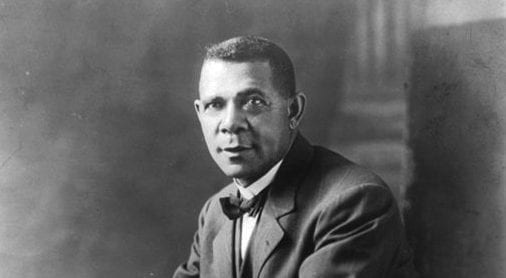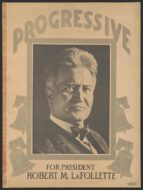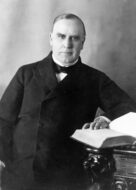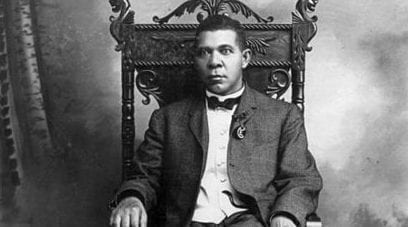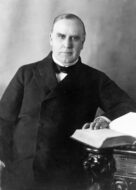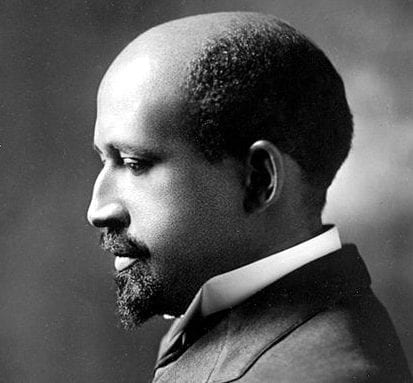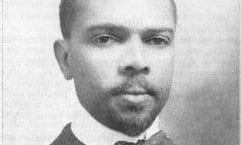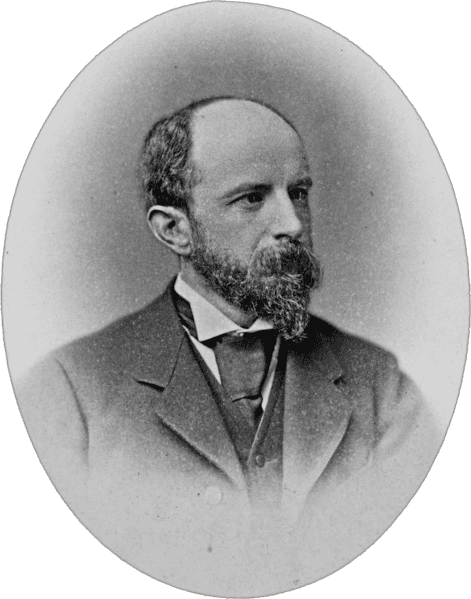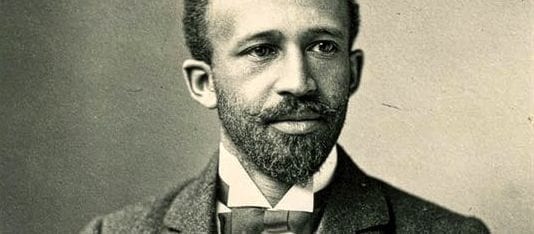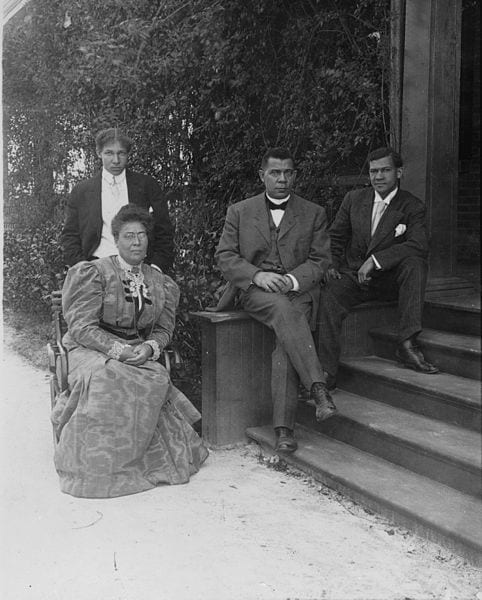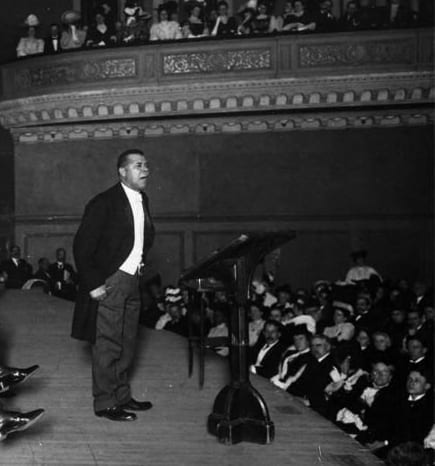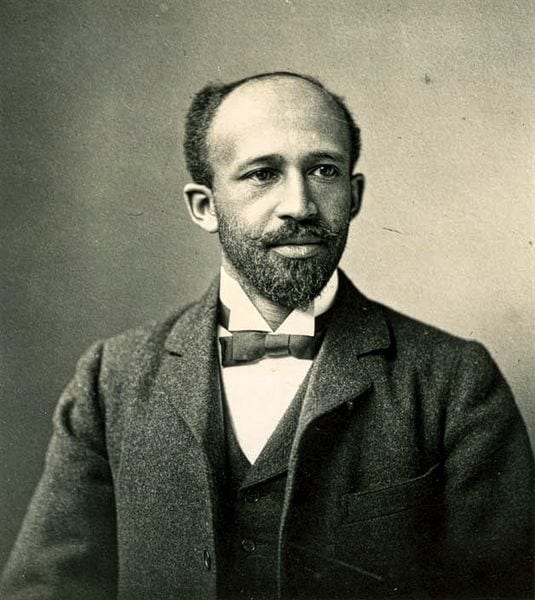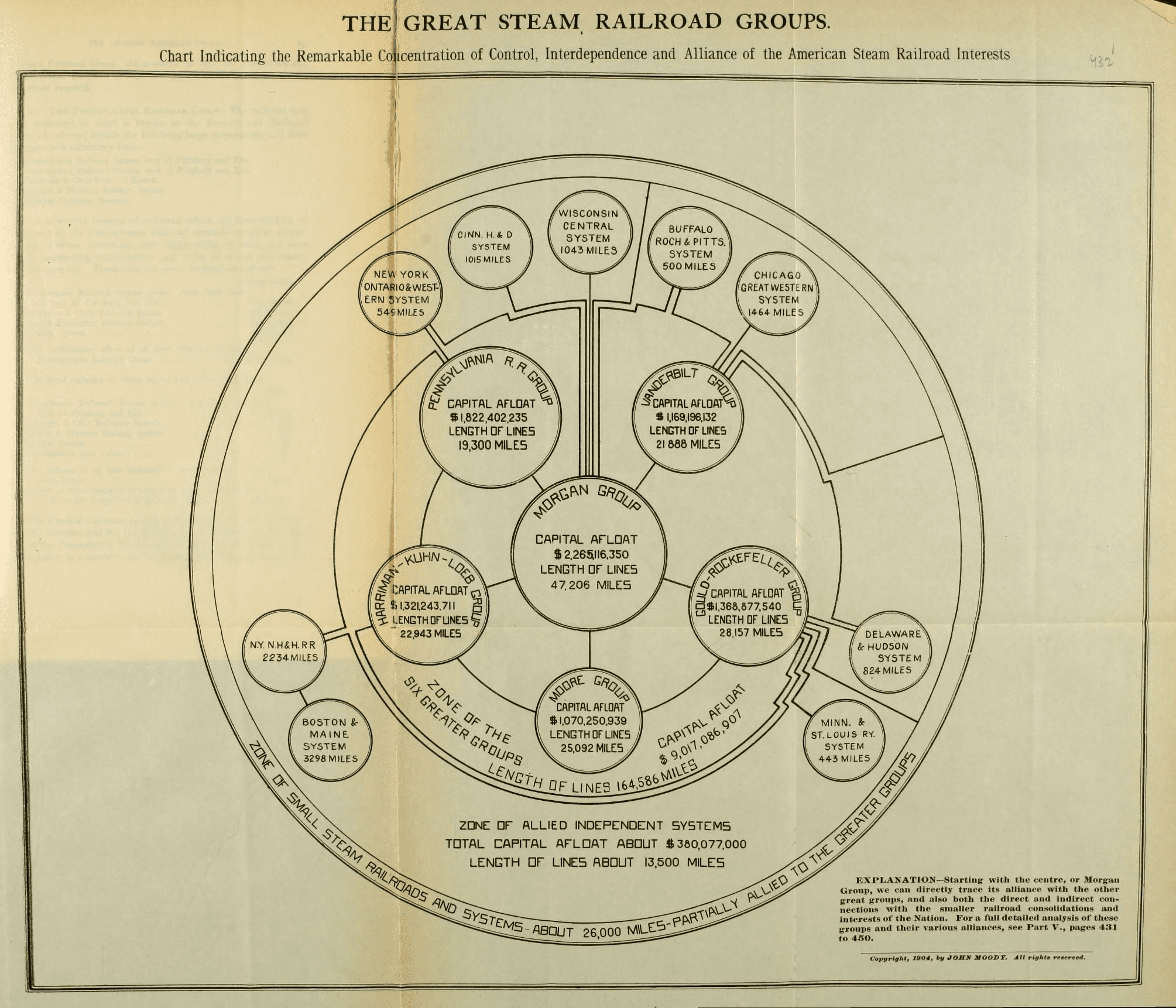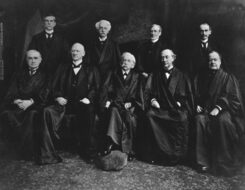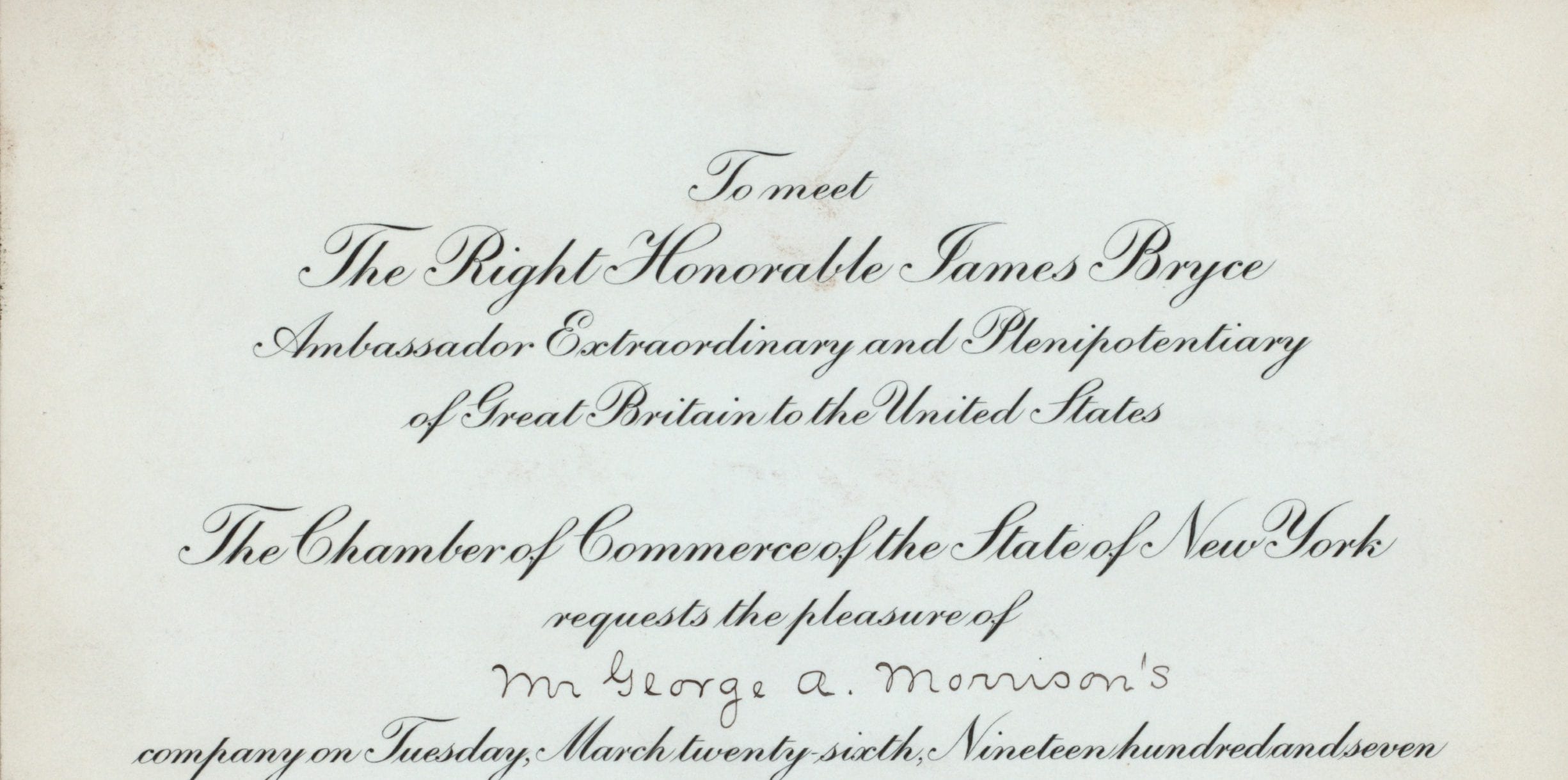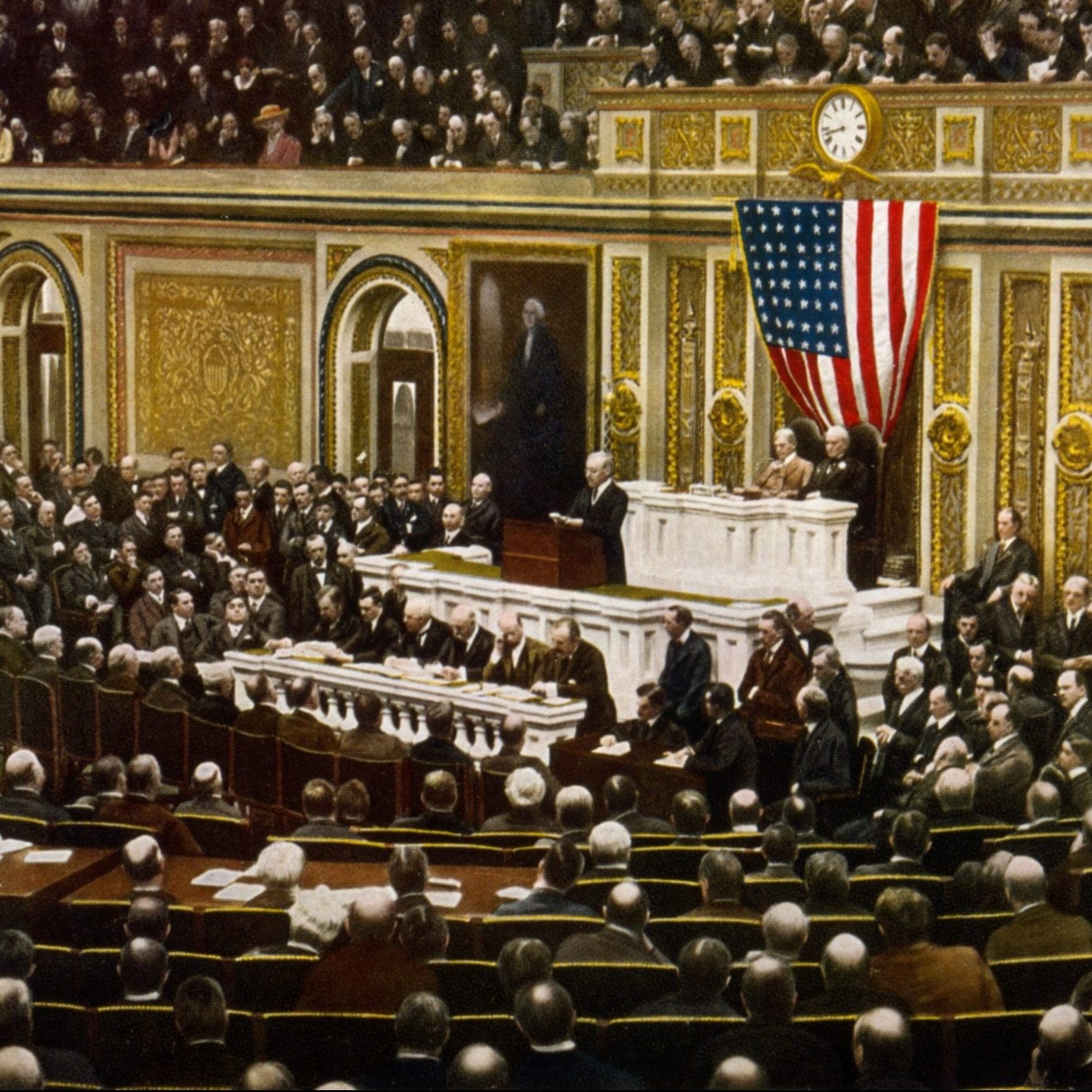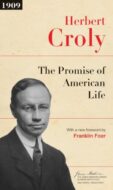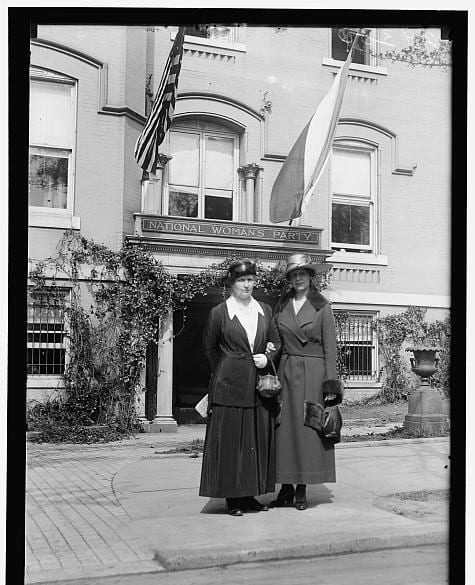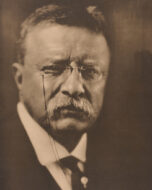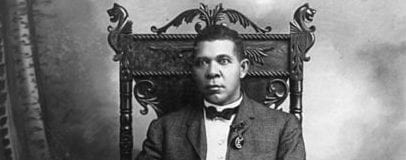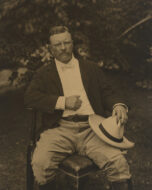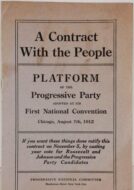

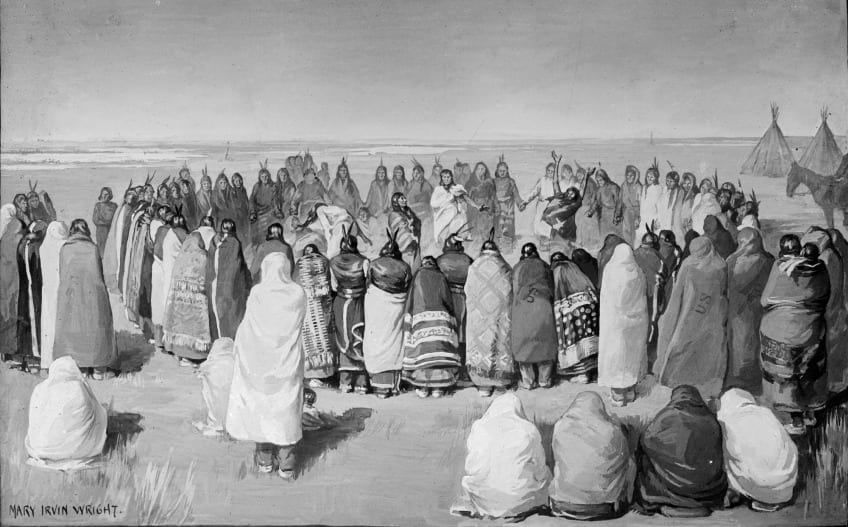
No related resources
Introduction
In January 1889, Wovoka (c. 1856–1932), a Paiute prophet living in what is now the state of Nevada, had a vision in which God gave him a message to carry back to his people. The message was that they should live honestly, work hard, and not quarrel among themselves or fight with the whites. If they followed these instructions, they would not die or get sick and would be united with all those who had lived before, whom Wovoka had seen in his vision enjoying the pastimes of old in a land full of game. Wovoka was also shown a dance, which came to be called the Ghost Dance, and told to tell the people to perform it every day for several days in a row. If they did this, God told him, they would hasten the day of reunion with their ancestors. The dance was a version of a traditional Indian circle dance.
Word of Wovoka’s vision spread among Indians throughout the West. By late 1889 it had reached the Lakota and other Sioux on their reservations in what is now the state of South Dakota. Among the Sioux, the teaching of the Ghost Dance religion included the claim that the practice of the religion would lead to the disappearance of the whites from Sioux land. Fearing violence, in December 1890 the authorities sought to control the Ghost Dance movement. The effort provoked violence, however, which began when the reservation’s Indian police tried to arrest Sitting Bull (1831–1890), a leading exponent of the religion and of confrontation with the whites. (Indian police were Native Americans working on a reservation as law enforcement.) The police were fired on, leading them to shoot Sitting Bull, and other Indians and Indian police were killed in an exchange of gunfire. Following this gunfight, when the military tried to disarm a large group of Indians at Wounded Knee on December 29, 1890, an apparent accidental discharge from an Indian weapon led to an exchange of gunfire between the better-armed soldiers and the Indians. The soldiers killed 250 or more Indians, mostly women and children. Twenty-five soldiers were killed; 39 were wounded.
In response to the massacre, groups of Indians fled out into the countryside. On January 7, 1891, Lieutenant Edward Casey (1850–1891), while on a peace mission to one such group, was shot and killed by Plenty Horses (also known as Tasunka; 1869–1933). The shooting was particularly telling, since Tasunka had been educated at the Carlisle Indian school in Carlisle, Pennsylvania and Casey’s “good will toward the Indians had been manifested in many ways,” according to his West Point obituary. Tasunka’s education and Casey’s good will was what reformers hoped would produce some kind of accommodation between the Indians and Americans.
The following, taken from the memoir of an Indian agent, is an account of the circumstances that led to the massacre at Wounded Knee and the killing of Casey by Tasunka. In its mixture of misunderstandings, good intentions, corruption, self-interest, and violence, this episode exemplifies much of the history of America’s relations with Native Americans.
Source: Julia B. McGillycuddy, McGillycuddy, Agent: A Biography of Dr. Valentine T. McGillycuddy (Stanford: Stanford University Press, 1941), 258–260, 271–272.
In the autumn of 1890 obvious restlessness prevailed among the Indians over the West from British America to Texas owing to the prediction of the “second coming of the Messiah.” The belief arose that there would be a restoration of the good old hunting days, and a return of the buffalo and the deer when the Messiah came.
The agitation was entirely religious in character at its inception. But the Messiah craze . . .was affording the Sioux an opportunity to demonstrate their resentment of conditions which had grown more intolerable to them as the years passed. Their discontent was due, not to any one cause, but to a combination of conditions, cumulative in their effect and dating back many years—in fact to the inauguration of a now obviously faulty policy in dealing with the Indians.1 There had been a succession of broken treaties and agreements. The agreement made recently involving their relinquishment of half their remaining lands had barely won the assent of the Sioux nation and had been bitterly opposed at the Pine Ridge and the Rosebud agencies.2
And it was at these agencies that the present trouble was fulminating. A reduction of the annual issue of beef afforded the principal cause of rebellion, the staple article of subsistence having been cut from 6,250,000 to 4,000,000 pounds. The contract on that beef, moreover, was violated in that, whereas it called for northern ranch beef, beef from Texas with an unparalleled shrinkage in winter was substituted. And drought on the plains in ’89, causing a failure of crops, had added to the sufferings of the red men.
By the fortunes of political war, weak agents had been placed in charge at some of the agencies at the very time that trouble was brewing. This was noticeably true at Pine Ridge. . . .[A]s for the Ghost Dance, too much attention was being paid to it. It was but the symptom or surface indication of deep-rooted, long-existing trouble; as well treat the eruption of smallpox and ignore the constitutional disease. . . . .
Red Cloud, though a sympathizer in the Ghost Dance movement, was taking no active part in it, as he was an old man whose fighting days were over.3 He had remained at the agency and had been frightened by the coming of troops. . . .
Red Cloud spoke: “These soldiers have stolen here in the night; it looks as though they were here to fight; we do not want to fight. We ask you to take these soldiers away and we promise that in one sleep after they are gone everything will be quiet. We will give you twenty-five of our young men as hostages until all is settled.”. . .
… Little Wound … had risen to speak.
. . .“My friend, over sixty winters have passed over my head. I am too old for dancing. But now that you have asked me that question I will tell you what I have heard of the Messiah and the Ghost Dance. . . .
“Whether it is true or not I do not know, but it is the same story the white missionaries have told us—that the Messiah will come again. I gathered my people together and told them, ‘If it is a good thing, we should have it. If it is not a good thing it will fall to the earth of itself. Therefore learn the signs and the dances, that if the Messiah comes in the spring he will not pass us by.’” Little Wound [asked] “If the Messiah is not coming, and by his coming will not make us a great people again, to give us back the land which the Great Spirit gave us for our home, why have the white soldiers come here to stop our dancing?”. . .
Three hours later a courier reported that Lieutenant Casey’s body had been taken to . . . camp by Johnny Richard, a half-breed interpreter, and three Indians. The courier explained that the lieutenant had been scouting alone across the country when the Indians had met him in White Clay Valley a few miles from the hostile village. Johnny had asked him where he was going and he had said he was on his way to confer with the hostiles. Johnny had told him he would be killed if he went there alone, but Lieutenant Casey had refused to turn back. While they had sat on their horses, talking, Plenty Horses, a Carlisle boy, had ridden up but had taken no part in the conversation—had just listened to what the others were saying. It had been several minutes before the lieutenant had consented to abandon his plan to go to the hostile village. As he had set off toward General Brooke’s camp accompanied by Johnny and three Indians, who had wished to see him safely out of that district, Plenty Horses had turned in the opposite direction. The others had gone but a short distance when Plenty Horses had turned and fired. Casey’s horse had lunged and the officer had fallen to the ground, dead. Johnny had yelled at Plenty Horses, but he had gone off down the road. Plenty Horses was arrested subsequently at the Spotted Tail Agency and taken to Sioux Falls for trial. . . .
[At his trial] Plenty Horses frankly admitted the killing of the officer and said: “I am an Indian. Five years I attended Carlisle and was educated in the ways of the white man. When I returned to my people I was an outcast among them. I was no longer an Indian. I was not a white man. I was lonely. I shot the lieutenant so I might make a place for myself among my people. Now I am one of them. I shall be hung and the Indians will bury me as a warrior. They will be proud of me. I am satisfied.”
But the judge charged the jury that they could not find the prisoner guilty of murder. A condition of war existed; the officer who was killed occupied the position of a spy and suffered death in consequence.4
Plenty Horses was acquitted and returned to his people—a hero.
- 1. The allusion may be to President Ulysses S. Grant’s so-called peace policy of moving Indians to reservations.
- 2. In 1868, the Sioux were given a large reservation in what is now western South Dakota. A subsequent act of Congress in 1889, following the Dawes Act (1887), broke up the large reservation into smaller reservations and reduced the overall grant of land to the Sioux.
- 3. Red Cloud (1822–1909) was a Lakota chief. See the Core Documents volume Westward Expansion, Document 23.
- 4. The Army apparently insisted on a state of war existing with the Sioux so that its officers and men could not be tried for murder for the killings at Wounded Knee. See Robert M. Utley, “The Ordeal of Plenty Horses,” American Heritage 26, no. 1 (December 1974): 15–19.
Testimony on Wounded Knee
February 11, 1891
Conversation-based seminars for collegial PD, one-day and multi-day seminars, graduate credit seminars (MA degree), online and in-person.
